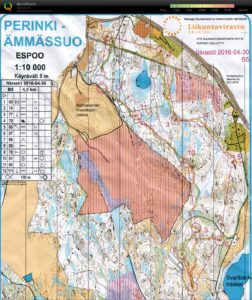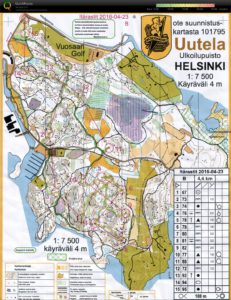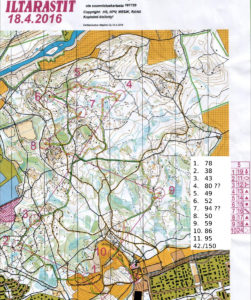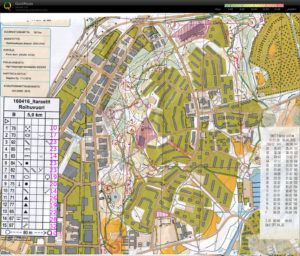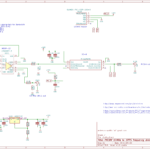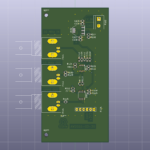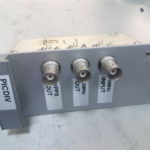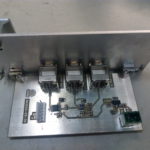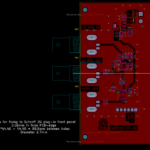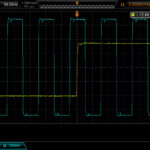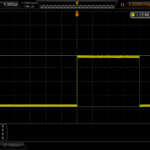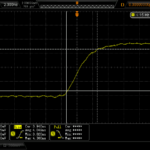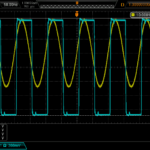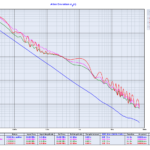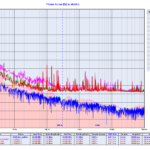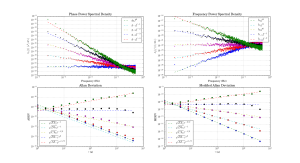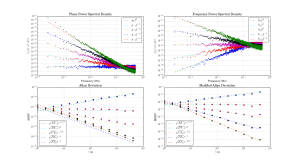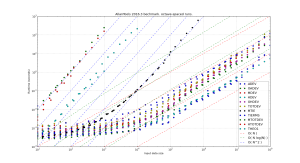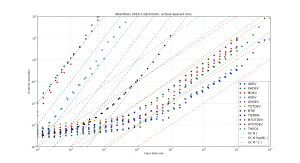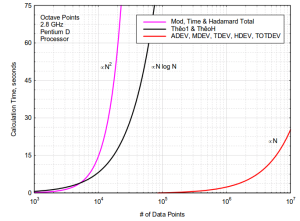import datetime
import pytz
def generate_ntp_timestamp(year,month,day,hour,minute,second):
t = datetime.datetime(year,month,day,hour,minute,second,tzinfo=pytz.utc)
#NTP leap-seconds list wants seconds since 1900
epoch_start = datetime.datetime(1900,1,1,0,0,0,tzinfo=pytz.utc)
delta = t-epoch_start
delta_s = delta.total_seconds()
return int(delta_s)
# test that this generates OK values.
# from existing leap-seconds.list
# 2918937600 27 # 1 Jul 1992
# 2950473600 28 # 1 Jul 1993
# 2982009600 29 # 1 Jul 1994
# 3029443200 30 # 1 Jan 1996
# 3076704000 31 # 1 Jul 1997
# 3124137600 32 # 1 Jan 1999
# 3345062400 33 # 1 Jan 2006
# 3439756800 34 # 1 Jan 2009
print "1 Jan 2009: ", generate_ntp_timestamp(2009,1,1,0,0,0)
print "1 Jan 2006: ", generate_ntp_timestamp(2006,1,1,0,0,0)
print "1 Jul 1997: ", generate_ntp_timestamp(1997,7,1,0,0,0)
#output:
#1 Jan 2009: 3439756800
#1 Jan 2006: 3345062400
#1 Jul 1997: 3076704000 |

